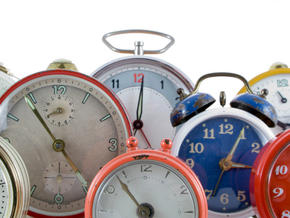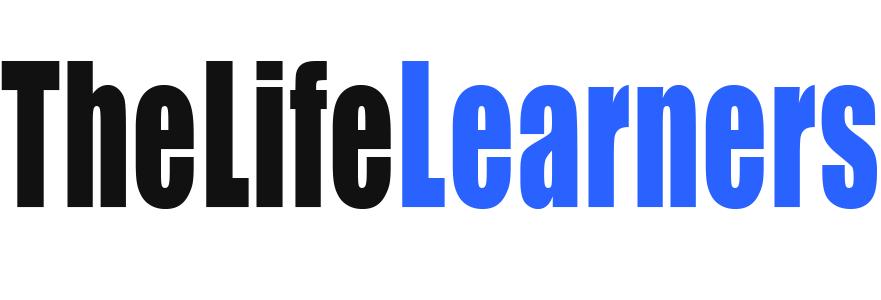
Each year my students struggle to grasp all of the ways we measure time. It’s understandable when you consider the many exceptions to the rules. Take, for example, the months on the calendar. Thirty days or thirty-one? And then there’s February. Adopting daylight saving time is optional. The military’s clock is different than a civilian’s clock. One minute feels like a second when you’re taking a math facts quiz, but more like an hour if you’re standing on one leg. All of this can make measuring time seem very arbitrary. One way to add meaning to this vital skill is to have your class research the ways that humans have measured time throughout history.
From Celestial Objects to Calendars
The sun, moon, and stars have marked time ever since humans needed to keep track of its passage. It was the Egyptians who devised the first calendar with 365 days. They realized that the “Dog Star” in Canis Major rose next to the sun every 365 days, about the same time that the annual inundation of the Nile began. The Mayans relied on the sun, moon, and the planet Venus to devise their calendar.
The Romans devised the modern calendar and named the months after their emperors. Originally, the months alternated between thirty and thirty-one days. However, this pattern caused August to be shorter than July. In order to avoid offending Caesar Augustus, for whom August was named, that month was given an extra day to make it equal to the month named for Julius Caesar.
An error in the Julian calendar created an extra day every 128 years, which threw off the Vernal Equinox. The Gregorian calendar, adopted in 1582, corrected this problem. Researching one of these calendars will deepen your students’ understanding of the sometimes unpredictable nature of the calendar. You can also have your class design a poster explaining the attributes and flaws of their assigned calendar.
The Creation of Hours and Minutes
As civilizations flourished and governments and formal religions were established, humans found a need for additional breakdowns of time. Sundials and water clocks allowed for smaller incremental measurements. Monks even used burning candles to mark time. Atomic clocks revolutionized humans’ ability to keep track of time down to a few thousandths of a second. The National Institute of Standards and Technology has a helpful website on the history of time-keeping devices.
Post offices and libraries often display clocks that show the time in various cities around the world. By hanging several clocks around the classroom, students will get a feel for time zones. Below each clock, you can post questions such as:
- What time is it where you live?
- What will people in this city be doing when you are eating breakfast?
Be sure to display a map or globe where all of the world time zones can be seen.
Just a Second- A book for children
Through numerous examples of time in the natural world, Just a Second by Steve Jenkins offers another method of measuring time besides the ticking hands of a clock. While the text is easy enough for younger elementary students to read, it offers enough fascinating facts to enthrall older readers. Who wouldn’t marvel that a bumble bee’s wings beat two hundred times a second and a baby blue whale gains almost ten pounds each hour? Teachers can use the book as a jumping-off point for discussions about math, science, and history.
Measurement in the Real World
Today, we rely on the measurement of time for transportation, financial transactions, and even our electrical supply. In sports, sprinters and swimmers depend on their times being displayed down to a hundredth of a second. Ask your class to make a list of ways that they depend on time-keeping and compare it to the needs of people long ago.
For other approaches to teaching the measurement of time, check out these ideas on Lesson Planet:
Telling Time Timeline
Third through eighth graders research how time was measured during a historical period or the history of a specific time-keeping device. Their documents are merged into one timeline to display. Subject areas include math, history, and technology.
Time Foldable
Although designed for kindergarten and first grade, this is a way to reinforce the relationships between units of time for slightly higher grades, too. After being read The Time Song by Rozanne Lanczak Williams, discuss what each person can do in one second, one minute, one hour, etc. Afterwards, they make a flap book to remember relationships such as sixty seconds are in one minute.
Tracking the Sun
Middle schoolers gain first-hand knowledge of how a sun dial works as they plot the position of the sun at various times of the year. In addition to making a sun dial, they keep a journal for one month or longer. The journal helps dispel many commonly held beliefs about the sun’s movement.
Time and Money: Time Zones Word Problems
Using a time-zone map and a shipping schedule, upper elementary children solve word problems about traveling through time zones. This assignment works well in a center, with cooperative learning, or as extra practice.

